- Home
- Listings
- Things To See & Do
- Car Hire
- News
- Properties
- What’s On
 ES
ES
La Rábita
La Rábita
La Rábita is a town located in the municipality of Albuñol. It is situated in the eastern part of the Costa Tropical region, four kilometers from the border with the province of Almería. Near this locality, you can find the nuclei of El Pozuelo and Los Castillas. La Rábita owes its name to the construction of the ribat or fortress-monastery, as during the Nasrid period, this town was established as a strategic defense point on the coast. The population gradually grew around the castle, and in the 18th century, a watchtower was built, enabling visual contact with the coastal defense system, threatened by Berber pirates.
The town’s laid-back atmosphere makes it an ideal destination for travelers looking to unwind, soak up the sun, and enjoy the tranquility of the coastal surroundings. Local eateries and seafood restaurants along the waterfront offer a taste of regional cuisine, allowing visitors to savor fresh seafood while enjoying scenic views of the Mediterranean.
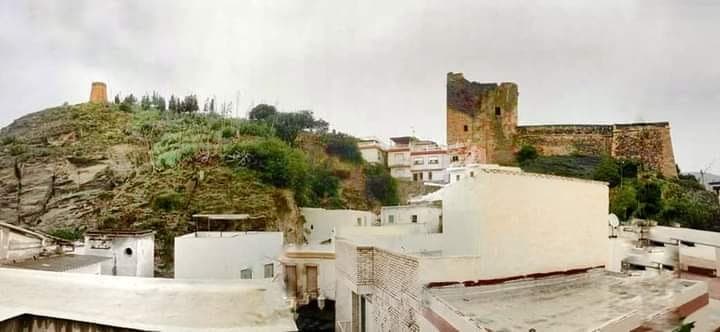
La Rábita Castle
The castle was part of the maritime border of the Kingdom of Granada and has three well-differentiated parts. The first two are of Arab construction renovated in the 16th century, consisting of a trapezoidal-shaped enclosure with a central courtyard, surrounded by walls with a parapet and high loopholes, and a large tower attached to the north, both structurally similar to the nearby Castle of Castell de Ferro. The third part, built in the 18th century and located south of the former, consists of a bulwark with two atalaya towers, prepared for artillery placement. In recent years, efforts have been made to preserve and restore La Rábita Castle, recognizing its historical and cultural value. Today, visitors have the opportunity to explore its walls, towers, and courtyards, offering panoramic views of the Mediterranean coastline. It serves as a tangible link to the past, providing insights into the strategic importance of coastal defense in the history of Granada.
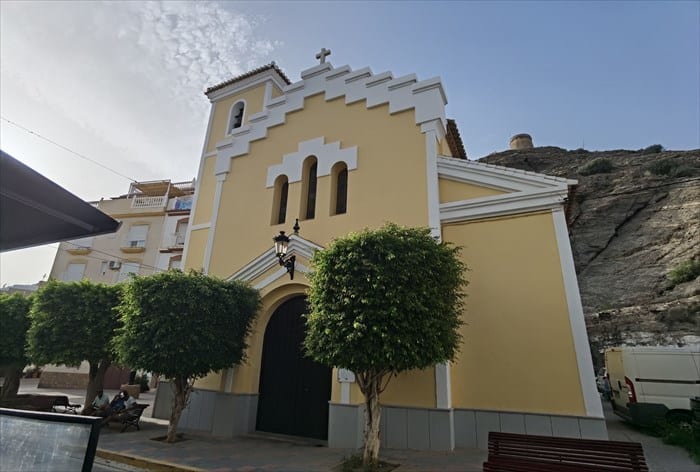
Nuestra Señora de la Natividad de la Virgen
One of La Rábita’s most attractive monuments is the Parish Church of Nuestra Señora de la Natividad de la Virgen. In its main altar, there is a large altarpiece featuring the images of San Isidro, San Antonio, La Virgen del Mar, and San Juan, among others.
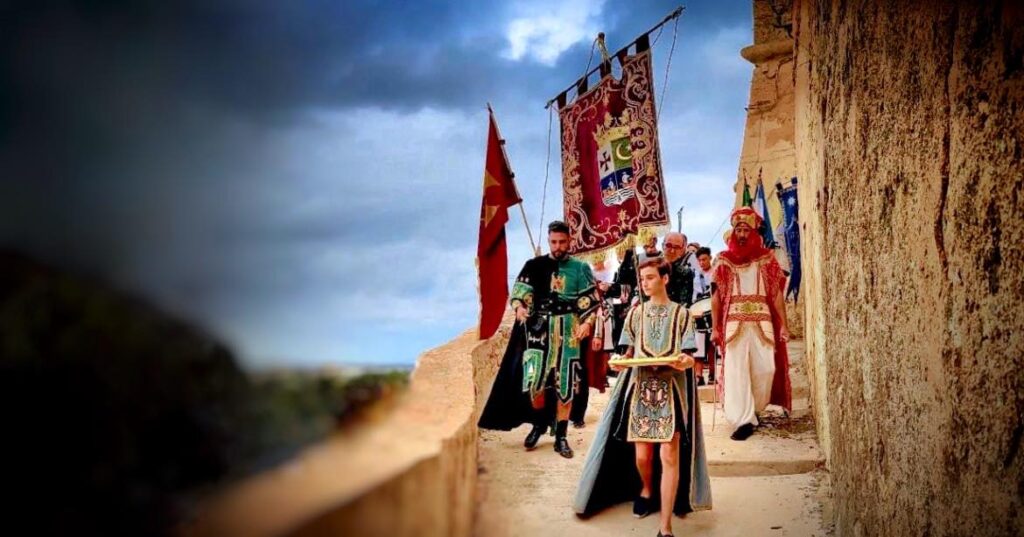
Balandrilla de los Gatos Festivities
The Balandrilla de los Gatos, also known as the Moros y Cristianos festival of La Rábita, is an event that commemorates the naval battle between the Muslim and Christian factions during the Reconquest of the Kingdom of Granada. This celebration takes place around September 8, coinciding with the patron saint festivities in honor of the Virgen del Mar.
The event begins with a parade of Moors and Christians starting from the vicinity of the castle, led by the standard-bearer carrying the royal banner and the keys to the castle. During the procession, as they pass through the church gates, each group salutes and shows their respect to the patron saint, the Virgen del Mar.
Once on the beach, the groups await the arrival of the “blandras” to initiate the embassy, a theatrical speech that recreates the dispute over the keys to the castle and the lands. The naval battle, known as the Balandrilla de los Gatos, takes place on two ships, throwing vegetables until the boats are boarded and sunk. The intensity and excitement of this event, where tomatoes and peppers are hurled, make it one of the highlights of the festivities.
After the battle concludes, the factions disband, and all participants simply become known as “rabiteños,” marking the end of the war and the beginning of the celebration in honor of the patron saint.
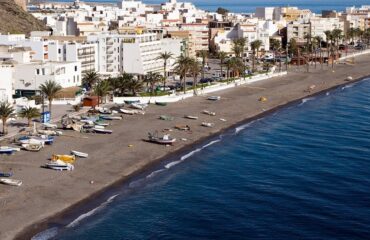
La Rábita Beach
A popular resort for Spanish people. La Playa de la Rábita is an extensive urban beach, nearly one kilometer long and with an average width of 30 meters, composed of gray gravel. It is the only beach in the area that offers various amenities. The beach has a children’s play area, public restrooms, Red Cross surveillance, showers, parking, recreational and sports areas, etc. Along the promenade you eill find tapas bars, restaurants, supermarkets and small shops. La Rábita has become increasingly popular in recent years.
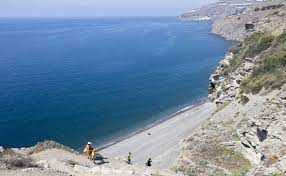
El Ruso Naturist beach
It’s a naturist beach emanating peace and tranquility, also known as Lance Nuevo Beach. This cove, nestled between cliffs only 800 meters from the center of La Rábita, features natural springs, which make it an area of high ecological value. Quiet with a low level of occupancy, its sands are dark and its waters crystal clear. A magnificent spot for diving. It can only be reached by walking along the trail that starts from the access road to La Rábita, in the high area, next to a villa. The effort is well worth it because the scenery is spectacular. El Ruso Beach is actually two coves connected by a narrow strip of shore, but most people camp in the second cove, which is much more sheltered. The beach was renamed El Ruso in honor of Basilio Lukianov, a Russian lieutenant who fled the Soviet Union in 1921 and settled there, living off the land and assisting both farmers and fishermen. The locals grew so fond of him that they still bring flowers to the place.
